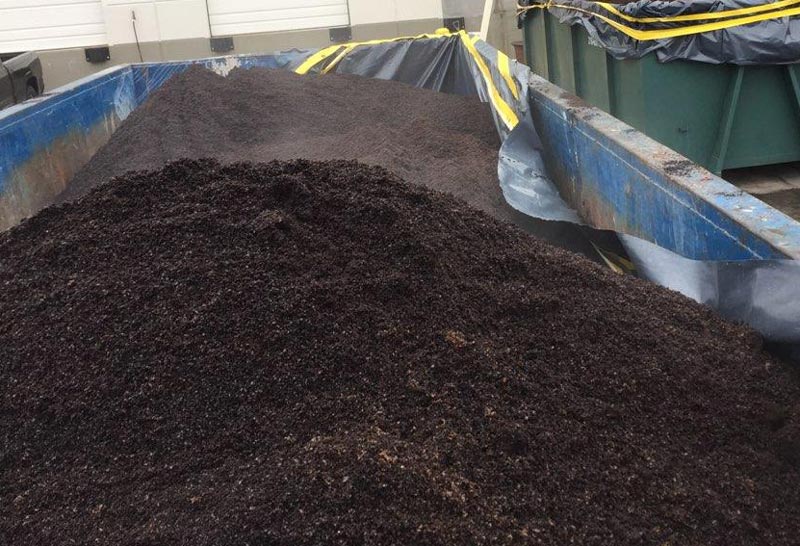
Photo courtesy of Chad McNair
Given the worldwide growth of the cold-brew coffee production industry, interest has grown in evaluating the agronomic merits/demerits of using spent coffee grounds in golf course turf applications to replace sphagnum peat moss, which is considered environmentally unfriendly.
Spent coffee grounds could offer a more sustainable, renewable resource as a turf fertilizer and/or root-zone amendment. Studies at Texas A&M University are thus evaluating the agronomic potential of spent coffee grounds.
Physical analysis shows spent coffee grounds have a highly porous structure, and chemical analyses show a 2.4% nitrogen content, 23:1 C:N ratio, slightly acidic pH (5.6), and the presence of essential macronutrients and micronutrients, including sulfur, magnesium, zinc, iron and copper.
Hear from researcher Benjamin Wherley, Ph.D., and visit the project site in College Station, Texas:
Over two seasons of field applications, little to no response has been seen when applying spent coffee grounds as a topdressing. However, much more favorable responses have been noted in greenhouse studies using sand amended with spent coffee grounds as a root-zone material.
When amended to USGA sand root zones at 10:1 and 20:1 (v:v) ratios, minor amounts of transient chlorosis were seen in the initial four to six weeks of establishment, after which similar to slightly improved water retention, turf quality and growth were noted with spent coffee grounds relative to peat moss and sand alone throughout the study. After a six-week dry-down in the greenhouse, significantly greater recovery, vigor, turf quality and tissue nitrogen were observed in treatments amended with spent coffee grounds compared with peat moss and sand alone.
Further studies are underway to determine mineralization rates of spent coffee grounds relative to other organic and synthetic fertilizers, and to explore possible microbial and root interactions with spent coffee grounds.
— Benjamin Wherley, Ph.D.; Garrett Flores; and Kevin McInnes, Ph.D., Texas A&M University, College Station, Texas
Editor’s note: An earlier version of this summary was published in the 2019 ASA-CSSA-SSSA Meeting Abstracts, ASA-CSSA-SSSA, Madison, Wis.
Teresa Carson is GCM’s science editor.